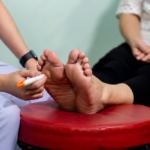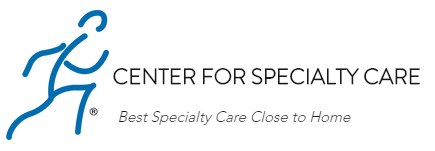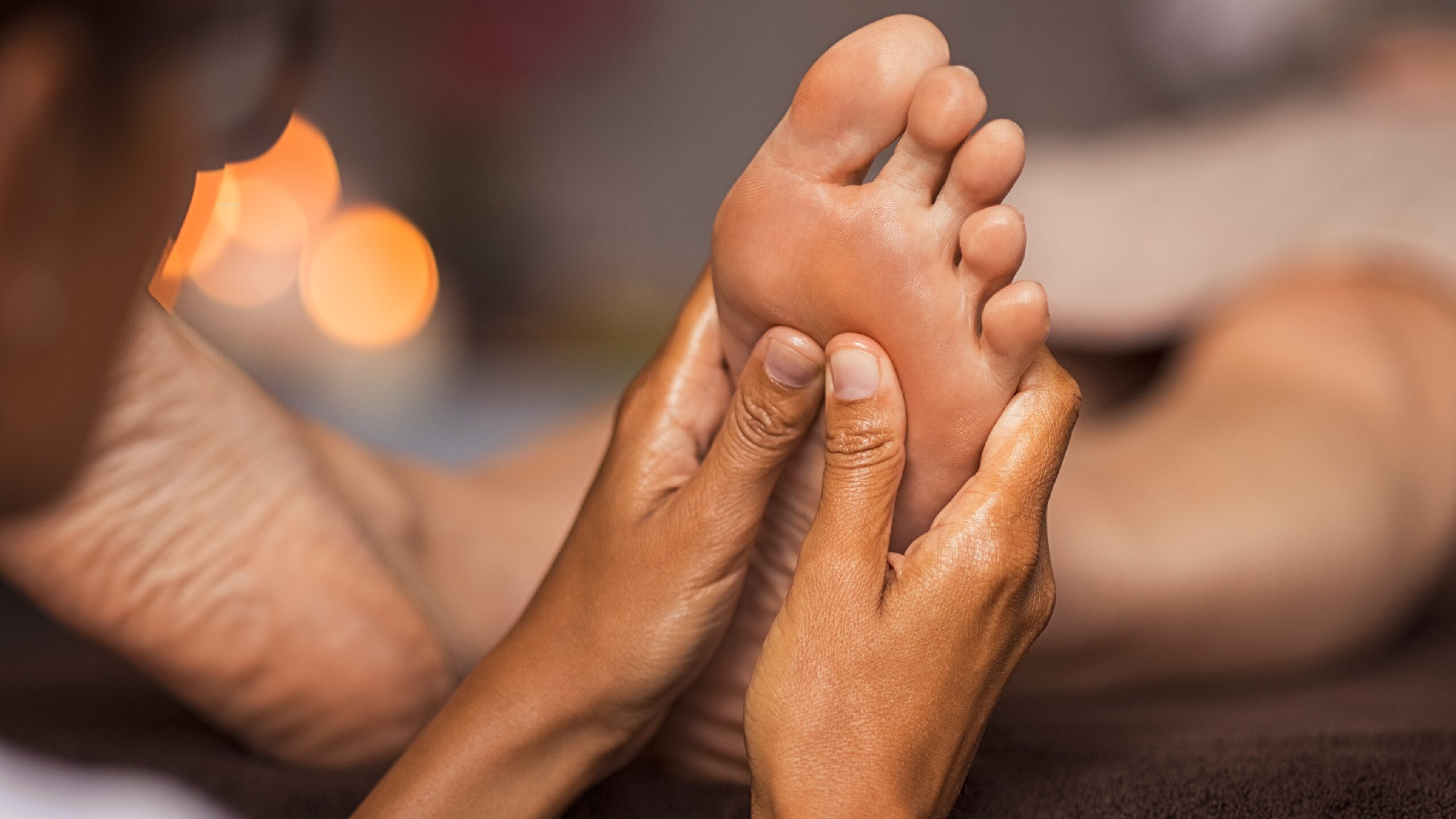
Guardians of the Nervous System: How the Spinal Column Protects the Cord
September 14, 2023
Nutritional Requirements for Diabetic Foot Ulcer: A Tailored Approach to Keeping Your Feet Healthy
October 26, 2023A Walk Towards Healthy Feet: Common Foot Problems and Solutions
Our feet play a crucial role in our overall well-being, yet they often go unnoticed until a problem arises. Understanding the importance of foot health is essential for maintaining an active and pain-free lifestyle. In this article, we will explore common foot problems and their solutions, as well as prevention strategies and treatment options.
Understanding the Importance of Foot Health
Feet are not just a means of transportation; they provide stability, balance, and support for our entire body. They bear the weight of our daily activities, absorbing constant pressure and impact. Neglecting foot health can lead to various problems that can significantly impact our quality of life.
Did you know that the human foot is a marvel of engineering? It is a complex structure consisting of bones, joints, muscles, and soft tissues. Each foot is made up of 26 bones, 33 joints, and more than 100 muscles, tendons, and ligaments. These intricate components work together to provide us with the ability to stand, walk, run, and perform various activities.
Proper foot health is not just about preventing pain and discomfort; it plays a crucial role in our overall well-being. When our feet are in good condition, they promote better posture, which in turn helps to maintain the alignment of our spine and reduces the risk of developing back problems. Additionally, healthy feet prevent injuries by providing a stable foundation for our body, allowing us to move with ease and confidence.
The Role of Feet in Overall Well-being
Feet are not just passive structures that bear our weight; they actively contribute to our overall well-being. When we walk or run, the impact forces generated by our feet are absorbed and distributed throughout our body, reducing the strain on our joints and preventing excessive wear and tear. This not only protects our feet but also helps to maintain the health of our knees, hips, and lower back.
Furthermore, our feet are rich in nerve endings, which provide us with important sensory feedback. This feedback helps us to maintain balance and adjust our movements accordingly. Without this intricate system, simple tasks like walking on uneven surfaces or climbing stairs would be much more challenging.
Common Misconceptions About Foot Health
Unfortunately, there are many misconceptions surrounding foot health. Some individuals believe that foot pain is a natural part of aging or that it’s normal to have discomfort in certain areas. However, these beliefs can lead to undiagnosed conditions and delayed treatment.
It’s important to debunk these myths and prioritize foot health at all ages. Foot pain is not something that should be ignored or brushed off as a normal part of life. It can be a sign of underlying issues such as plantar fasciitis, bunions, or even nerve damage. Seeking timely medical attention for foot problems can prevent further complications and ensure that you maintain optimal foot health.
Remember, our feet are the foundation of our body, and taking care of them is essential for our overall well-being. So, let’s give our feet the attention they deserve and prioritize foot health in our daily lives.
Identifying Common Foot Problems
Various foot problems can affect people of all ages and lifestyles. At Center For Specialty Care, we are here to help identify these problems and find appropriate solutions. Let’s delve into some of the most common foot problems and their symptoms:
Symptoms and Causes of Bunions
A bunion is a painful bony bump that forms at the base of the big toe. It occurs when the joint becomes misaligned, causing the big toe to point inward and crowd the adjacent toes. This condition is often accompanied by pain, redness, swelling, and restricted movement.
Bunions can be caused by a variety of factors, including genetics, wearing tight or ill-fitting shoes, and certain foot deformities. People with bunions may also experience difficulty finding comfortable footwear and may need to seek out specialized shoes or orthotic inserts to alleviate their symptoms.
In severe cases, bunions may require surgical intervention to realign the joint and remove the bony bump. However, non-surgical treatments such as wearing supportive shoes, using padding or splints, and applying ice or taking anti-inflammatory medications can often provide relief.
Understanding Plantar Fasciitis
Plantar fasciitis is a common condition characterized by inflammation of the plantar fascia, a band of tissue connecting the heel bone to the toes. It usually manifests as intense heel pain, particularly during the first steps in the morning or after long periods of rest.
There are several risk factors that can contribute to the development of plantar fasciitis, including obesity, high arches, flat feet, and repetitive activities that put stress on the feet, such as running or standing for long periods. Additionally, wearing shoes with poor arch support or inadequate cushioning can exacerbate the condition.
Treatment for plantar fasciitis typically involves a combination of rest, stretching exercises, and wearing supportive footwear or orthotic inserts. In more severe cases, physical therapy, corticosteroid injections, or extracorporeal shockwave therapy may be recommended to alleviate symptoms and promote healing.
Dealing with Athlete’s Foot
Athlete’s foot, also known as tinea pedis, is a fungal infection that affects the skin of the feet and can spread to the toenails. It typically presents as itchy, red, and scaly skin between the toes. It is highly contagious and often occurs in damp environments, such as locker rooms and swimming pools.
To prevent and treat athlete’s foot, it is important to keep the feet clean and dry, avoid walking barefoot in public areas, and change socks and shoes regularly. Over-the-counter antifungal creams or powders can be effective in treating mild cases, while more severe or persistent infections may require prescription medications.
It is also crucial to disinfect shoes, socks, and other items that come into contact with the infected feet to prevent reinfection. Additionally, practicing good foot hygiene, such as washing the feet daily and thoroughly drying them, can help reduce the risk of developing athlete’s foot.
The Trouble with Ingrown Toenails
An ingrown toenail occurs when the edge of a toenail grows into the surrounding skin, leading to pain, swelling, and possible infection. Common causes include improper nail trimming, tight footwear, injury, or hereditary factors.
Ingrown toenails can be quite uncomfortable and may even make it difficult to walk or wear shoes. If left untreated, they can become infected and require medical intervention. To prevent ingrown toenails, it is important to trim nails straight across and avoid cutting them too short. Wearing properly fitting shoes that provide enough room for the toes can also help prevent the condition.
In some cases, conservative treatments such as soaking the foot in warm water, applying antibiotic ointment, and wearing open-toed shoes may be sufficient to alleviate symptoms. However, if the ingrown toenail becomes infected or recurs frequently, a healthcare professional may need to perform a minor procedure to remove the ingrown portion of the nail.
Prevention Strategies for Foot Problems
While some foot problems may be unavoidable, adopting preventive measures can significantly reduce the risk of developing complications. Here are some strategies to promote foot health:
Importance of Proper Footwear
Wearing well-fitting shoes that provide adequate support is crucial for overall foot health. Opt for shoes with a wide toe box, good arch support, and cushioning. Avoid high heels and shoes with narrow toe boxes that can cause pressure points and restrict foot movement.
Additionally, it is important to choose the right type of footwear for different activities. For example, when engaging in sports or physical activities, opt for shoes that are specifically designed for that purpose. These shoes often have features that provide extra stability and shock absorption, reducing the risk of injuries.
Furthermore, regularly replacing worn-out shoes is essential. Over time, the cushioning and support in shoes can deteriorate, leading to inadequate foot protection. By replacing shoes when necessary, you can ensure that your feet are properly supported and reduce the risk of developing foot problems.
Foot Hygiene Practices
Proper foot hygiene is essential in preventing fungal infections and maintaining foot health. Regularly clean and dry your feet thoroughly, paying attention to the spaces between toes. Use antifungal powders if necessary, especially in moist environments.
In addition to basic foot hygiene practices, there are other steps you can take to keep your feet healthy. For instance, regularly moisturizing your feet can help prevent dryness and cracking. Using a foot cream or lotion that contains ingredients like shea butter or coconut oil can provide the necessary hydration to keep your skin soft and supple.
Furthermore, it is important to trim your toenails properly to avoid ingrown nails. Cut them straight across and avoid cutting them too short. This can help prevent painful ingrown nails and reduce the risk of infections.
Exercises for Foot Health
Performing specific exercises can strengthen the muscles and improve flexibility in your feet. Consider activities such as toe curls, toe stretches, and ankle rotations. These exercises help maintain proper foot alignment and reduce the risk of certain foot problems.
In addition to these exercises, incorporating activities like yoga or Pilates into your routine can also benefit your foot health. These practices often involve movements that promote balance, strength, and flexibility, which can contribute to overall foot health.
Furthermore, it is important to take breaks and give your feet some rest throughout the day, especially if you spend long hours on your feet. Elevating your feet and performing simple stretches can help relieve tension and reduce the risk of overuse injuries.
Lastly, if you have specific foot concerns or conditions, it is advisable to consult with a healthcare professional or a podiatrist. They can provide personalized advice and recommend exercises or treatments that are tailored to your needs.
Treatment Options for Common Foot Problems
When foot problems arise, seeking appropriate treatment is essential to alleviate pain, prevent complications, and restore foot health. Treatment options vary depending on the severity of the condition. Here are some common methods:
Over-the-Counter Remedies
For mild cases of foot problems, over-the-counter remedies can often provide relief. Nonsteroidal anti-inflammatory drugs (NSAIDs), topical creams, and orthotic inserts may help reduce pain and inflammation associated with certain conditions.
When to Seek Professional Help
If home remedies fail to alleviate symptoms or the condition worsens, it’s important to seek professional help. At Center For Specialty Care, we are here to help. Our podiatrists specialize in diagnosing and treating foot problems. They can recommend custom orthotics, prescribe medication, or perform minimally invasive procedures when necessary.
The Role of Physical Therapy in Foot Health
Physical therapy can be beneficial for individuals experiencing chronic foot pain or those recovering from foot-related injuries. PT sessions may include targeted exercises, manual therapy, and gait analysis to improve foot function, promote healing, and prevent future problems.
In conclusion, understanding foot health and addressing common foot problems is crucial for maintaining overall well-being. By adopting preventive strategies, seeking appropriate treatment, and prioritizing foot care, individuals can enjoy pain-free walking and an active lifestyle. Remember, healthy feet are the foundation of a healthy body.




